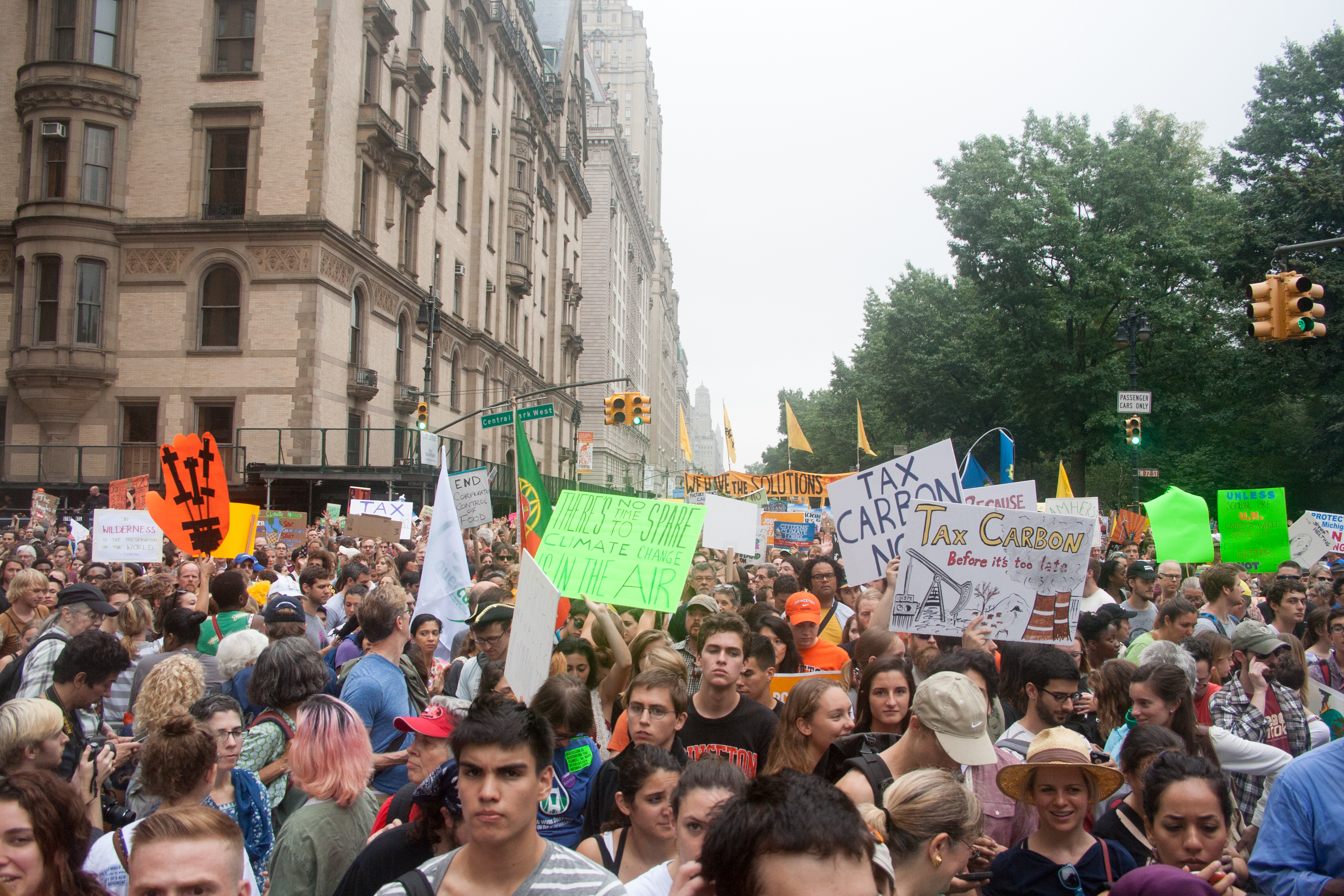The largest climate march in history took place Sept. 21 in countries all over the world, with more than 400,000 protesters marching in New York City alone. I am so proud to say that I was among them, alongside more than 200 students from Princeton and tens of thousands of other passionate students from around the country.

I remember that when I was younger, my mom and dad would often take my brother and me to marches: anti-war marches, immigrants' rights marches and labor rights marches, to name a few. I remember feeling the sense of solidarity and pride in exercising our freedom to speak out on the issues we care about. The People's Climate March really captured this atmosphere and energy that impacted me as a child, and I especially appreciated the march as a concrete response to an issue that oftentimes appears intangible.

The march itself came at an interesting time in the first few weeks of the semester. One of my classes this fall is called "Measuring Climate Change: Methods in Data Analysis and Scientific Writing." Just two days before the march, I had actually turned in a draft for my first paper in the class, and the focus of this first paper was on communicating climate change. Before we start actually analyzing data, which will consume the rest of this semester, the intention of this assignment was to force us to think about the history of the rhetoric on climate change and how we might craft our own argument on the issue.
In the wake of the march, it isn't any easier for me to talk about climate change than it has been for the hundreds of scientists and activist who have struggled to effectively communicate the results and implications of climate science. I could not have asked, however, for a better opportunity to combine a passion for activism on the issue of climate change with an equal passion for understanding it in an academic context.







